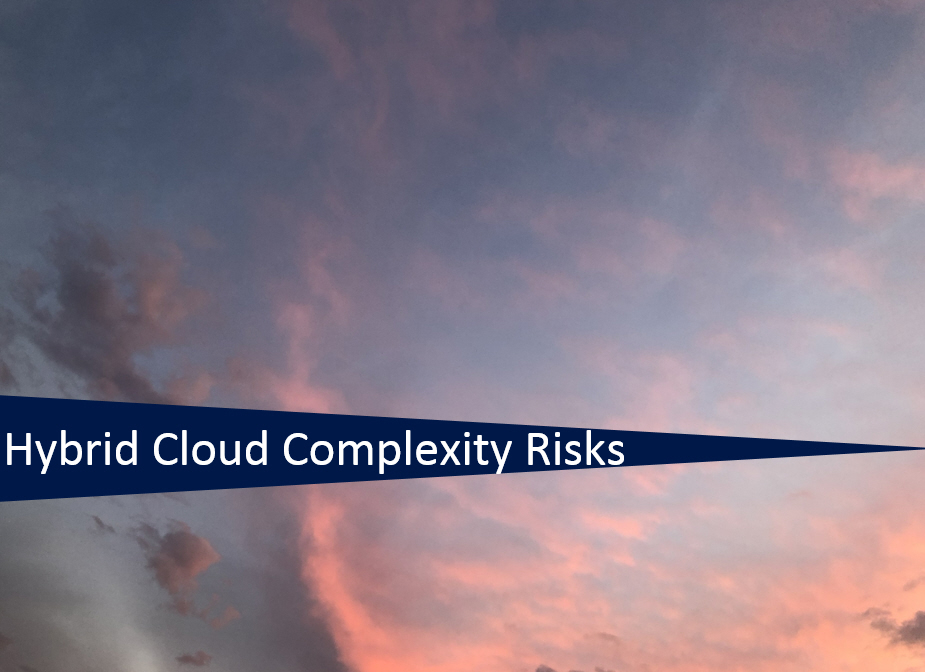
Companies are concerned about integration of their hybrid cloud environment. Becoming a hybrid IT from the hybrid cloud, companies take the advantage of digitalization through containers, Identity Access Management, networking, security and other aspects where vendors can offer cloud solutions which support a next generation of cloud capabilities.
When companies use artificial intelligence or machine learning for their applications, it is a risk moving the whole application to the cloud. They can use these features in the cloud and download the calculated models and integrate them in their applications, i.e. in a smartphone app. A prerequisite though is that the cloud service provider offer artificial intelligence and machine learning models in their cloud.
Because the hybrid cloud is a blend of on premises infrastructure combined with cloud hosted infrastructure, it makes securing and safekeeping more complicated for companies because the different cloud service providers have different capabilities and configurations and using virtual machine instances across multiple cloud servers.
With the increasing use of the hybrid cloud, companies no longer have visibility what is internal and what is external to their systems. Companies must assess whether risks and vulnerabilities exist across servers, network, infrastructure components, and endpoints, and then continuously monitor them. In other words, companies need to be able to trust their own infrastructure as well as a cloud service provider infrastructure.
Remember that software interfaces, API’s and data transfer between a company’s own infrastructure and the cloud service provider infrastructure is one aspect. The other important thing is that by storing data and applications on the servers of the cloud service providers, companies give full trust to their providers and they have to ensure the safety and security of company’s data and applications.
The hybrid cloud should offer the benefits of public clouds, private clouds, on premises and take the advantage of the architecture in the existing data centers. It is therefore vital that IT, business and cloud service providers cooperate and align on an infrastructure that supports continuous data transfer between all of these different platforms and service providers.


